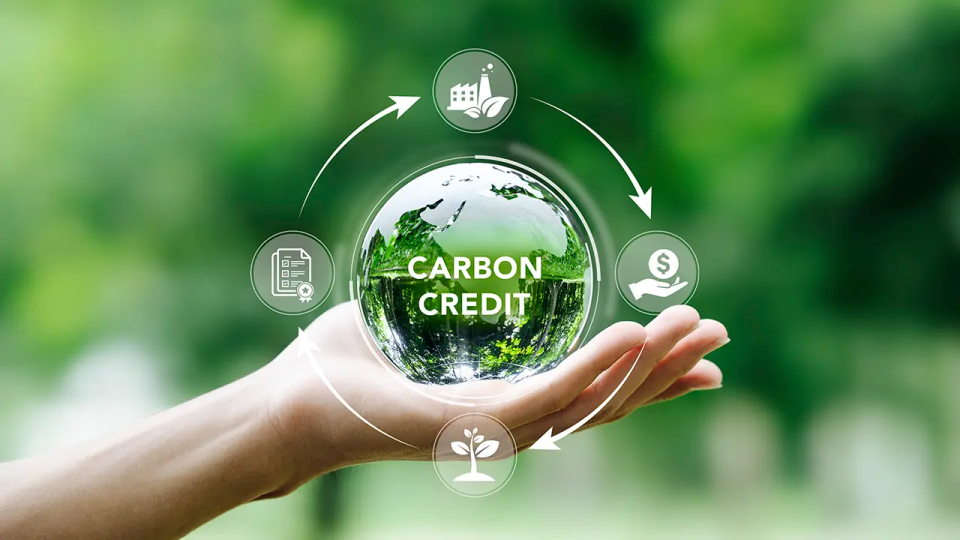Microsoft (NASDAQ: MSFT) is investing heavily in carbon credits to mitigate the increasing carbon emissions from its data centers, primarily driven by the surge in artificial intelligence (AI) demands. The tech giant has signed a new agreement with Brazilian company Re.green, committing to purchase 3.5 million tons of carbon removal credits over a 25-year period. This partnership focuses on restoring degraded land in Brazil by replanting native species, with the deal potentially valued at around $200 million, according to the Financial Times.
This latest contract builds upon an earlier agreement made in May 2024, where Microsoft secured approximately 3 million tons of carbon removal credits over 15 years. The initial deal involved planting at least 10.7 million seedlings across 16,000 hectares in Brazil. Re.green’s CEO, Thiago Picolo, emphasized that this collaboration demonstrates the growing potential of the carbon credit market in Brazil, stating, “This collaboration serves as tangible evidence that this market not only exists but has significant potential for growth.”
Despite these efforts, Microsoft faces significant challenges in achieving its environmental goals. The company’s most recent Environmental Sustainability Report revealed a nearly 30% increase in overall emissions since 2020, largely attributed to indirect emissions from constructing and outfitting new data centers to meet the rising demand for cloud services and AI capabilities.
The demand for AI infrastructure is expected to escalate further, with Microsoft planning to invest $80 billion this year alone to enhance its capabilities in training and deploying AI models. This growth raises concerns about the sustainability of such operations, particularly as data center emissions are projected to triple by the end of the decade compared to levels prior to the advent of generative AI.
While Microsoft has pursued various strategies to address its emissions, including investments in renewable energy and nuclear power, its reliance on carbon credits has drawn criticism. Some experts argue that these credits can serve as a form of “greenwashing,” allowing companies to continue emitting greenhouse gases while purchasing offsets from other projects.
A report from Morgan Stanley highlighted that emissions from data centers could be significantly underestimated, suggesting that major tech companies like Microsoft might be responsible for far greater emissions than reported. This scrutiny intensified last year when it was revealed that Microsoft had targeted fossil fuel industries as a key market for its AI and cloud services, raising ethical questions about its commitment to sustainability.
As Microsoft continues to navigate these complexities, its partnerships with firms like Re.green represent both an opportunity and a challenge. The success of these initiatives will depend not only on their ability to restore ecosystems but also on how effectively Microsoft can balance its growth ambitions with genuine reductions in its carbon footprint.
While Microsoft’s investment in carbon credits reflects a proactive approach to addressing climate change, it must confront the realities of its expanding data center operations and the broader implications of its business model on global emissions. The journey toward becoming carbon negative by 2030 remains fraught with challenges, necessitating a multifaceted strategy that goes beyond mere offsets.

